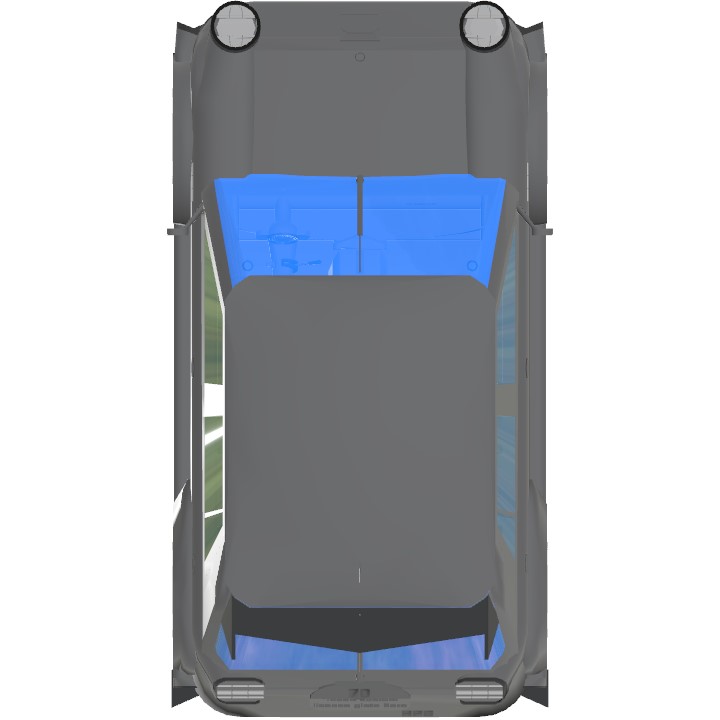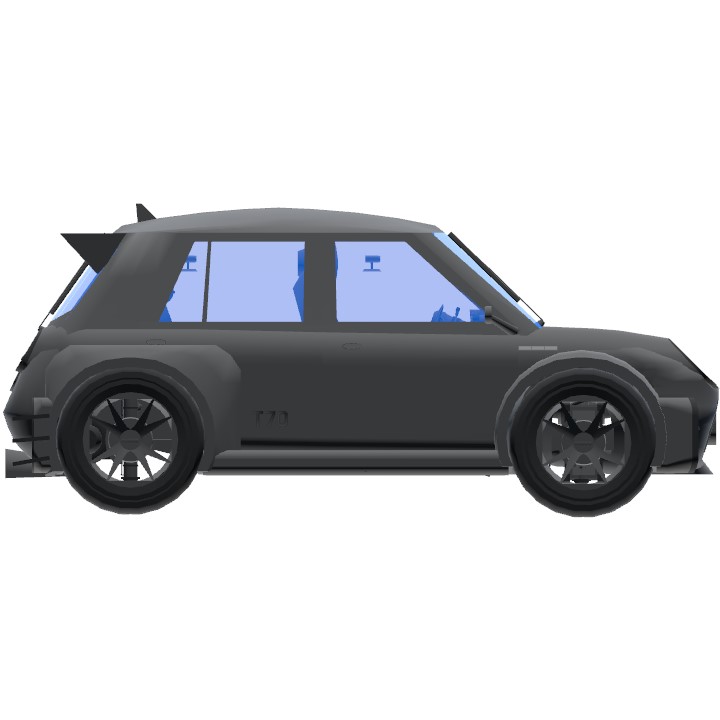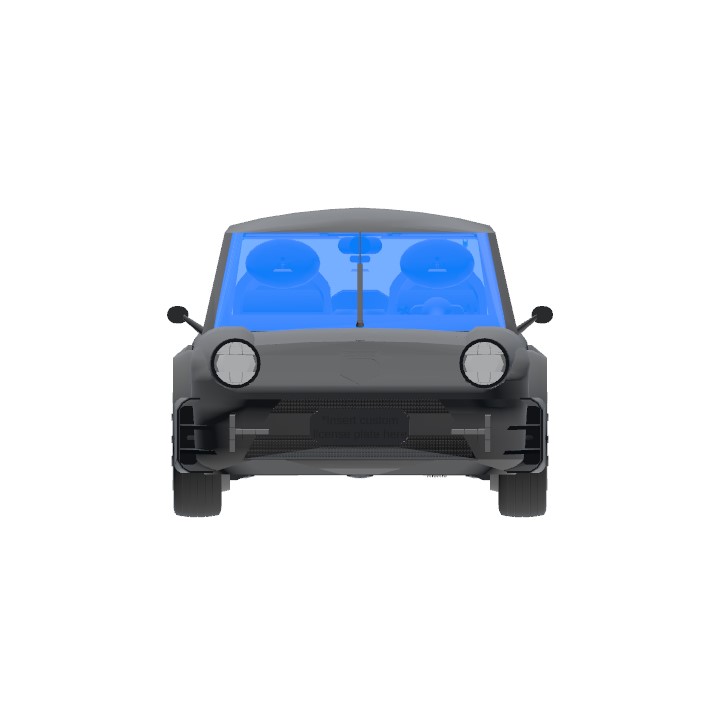
Hello everyone, here's my second-ever sports car. It's based on my rather successful T70, and it's designed to be a quick EV hot-hatch. But to explain how this thing is a step above my Phonix B0X1 HPG I need to talk about what this little thing can do. So, without further ado, let's get into the specs


So, like the T70, we're talking about a compact 3.6-meter-long 5-door EV. It sits on a slightly updated variant of the C.V.P. platform, made to allow custom rims, better space usage, and a stability control system that reduces body roll.
The battery size was increased to offset the higher consumption to the point that it can handle about 5 or 6 laps of the Nurburgring without charging.
Weight was an important element while making this. The B0X1 has always been heavy, both in its first generation (2.2 tons) and in its second (1.5 tons). This instead weighs about 60-70kg less than the normal car, making it more agile around bends, thus making it more fun to drive.
Also, you know what else makes it fun to drive?

Here's a list of the drive modes.
-1) Comfort= Made for regular driving, but still more "spicy" than the same mode on the T70
-2) Race= Made for track driving, and it unlocks all the power the car can give
-3) Drift Mode= Meant for low speed driving to make donuts in the road, it reduces traction in the rear and generates smoke (thanks to @WIZARD2017's smoke generator ).
And talking about drive modes, here's a list of the controls, even though you can find them in the instructions.
-AG2= Comfort mode
-AG3= Boost mode
-AG4= Horn
-AG5= Wipers
-AG6= Drift Mode
-AG7= EV sound
-AG8= Ignition
-Landing Gear= Parking brake
-Pitch= Drive/Reverse
-Roll= Turn
-Yaw= Blinkers
-VTOL= A/C

-lore
The T70 holds a significant legacy at Phonix. The business began as a modest tuning workshop in the small Erthian town of Ayrol, nestled in the northeastern mountains. Its purpose was straightforward: to transform regular vehicles into rally-ready machines, enhancing their agility to navigate the twisting mountain roads at high speeds. Interestingly, the establishment of the company coincided with the launch of the original T70, and due to its popularity, they frequently modified T70s for racing. This was a challenging endeavor given their electric nature, but with some weight reduction and suspension tuning, it was achievable. Over time, Phonix earned a reputation as one of the few tuning firms capable of converting mild-mannered EVs into formidable rally cars, eventually leading them to form their racing team, rather than just selling cars to enthusiasts. With a bit of luck, they began to excel in rally competitions nationwide, culminating in a noteworthy event. One day, while the team was customizing a T70 for an upcoming rally, someone knocked on the door. This visitor was Rober Giat, the founder of Giat and the creator of the T70 project. He aimed to establish an official partnership with Phonix, offering Giat a 50% stake in the business while Phonix would receive the resources needed for expansion and participation in international racing events. After the agreement was finalized, Phonix began developing actual sports cars, somewhat neglecting the significance of the T70. However, once they launched the HPG lineup, they quickly took the modern iteration of the vehicle and modified it to ensure the legacy continued into the present day.
Specifications
General Characteristics
- Predecessor GIAT T70
- Created On Windows
- Wingspan 6.3ft (1.9m)
- Length 11.8ft (3.6m)
- Height 5.1ft (1.6m)
- Empty Weight N/A
- Loaded Weight 2,745lbs (1,245kg)
Performance
- Power/Weight Ratio 69.289
- Wing Loading 209.3lbs/ft2 (1,022.0kg/m2)
- Wing Area 13.1ft2 (1.2m2)
- Drag Points 1551
Parts
- Number of Parts 915
- Control Surfaces 0
- Performance Cost 3,728





All tags were requested.
@YarisHatchback